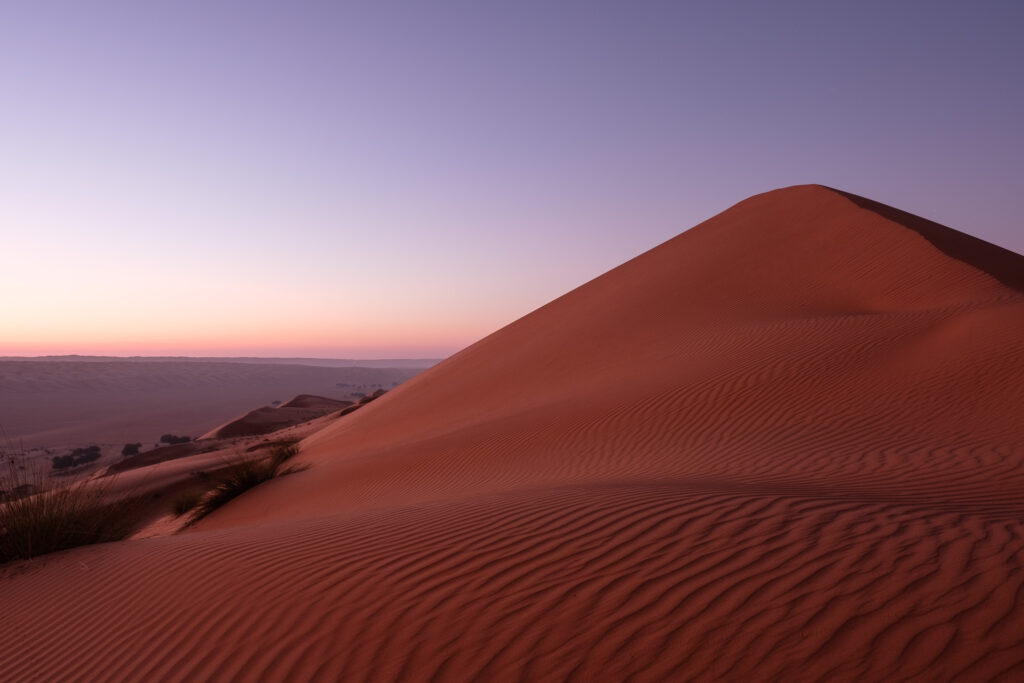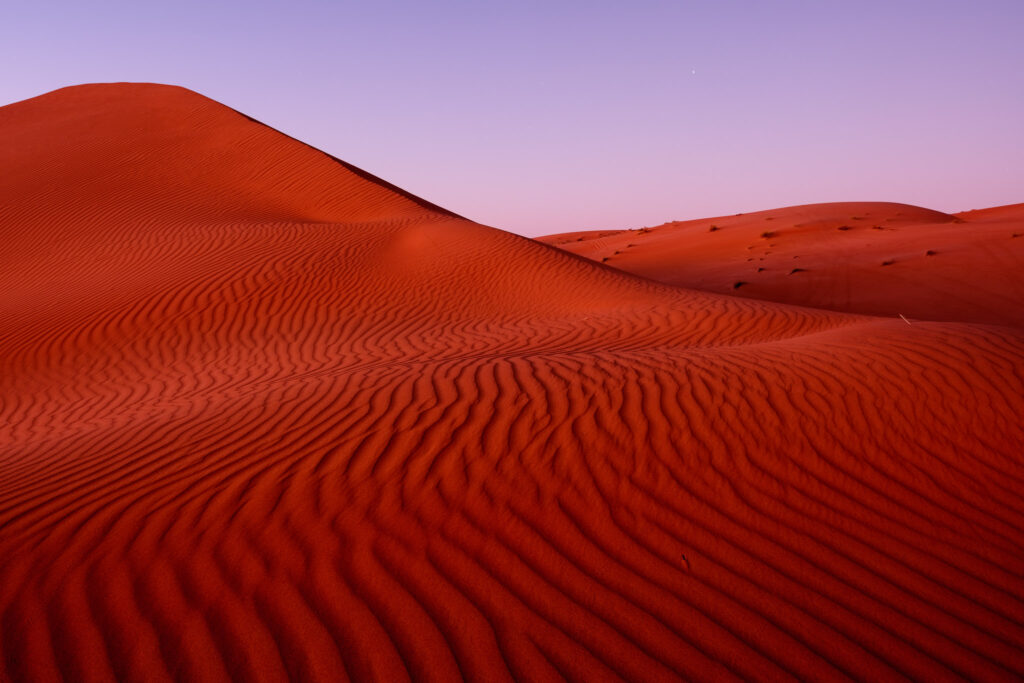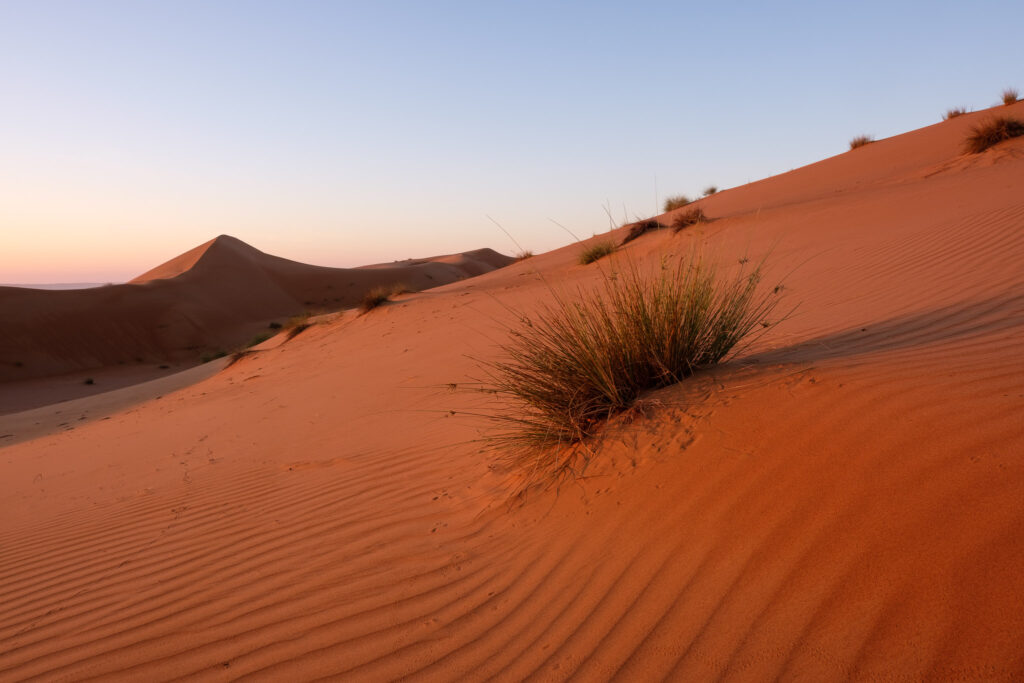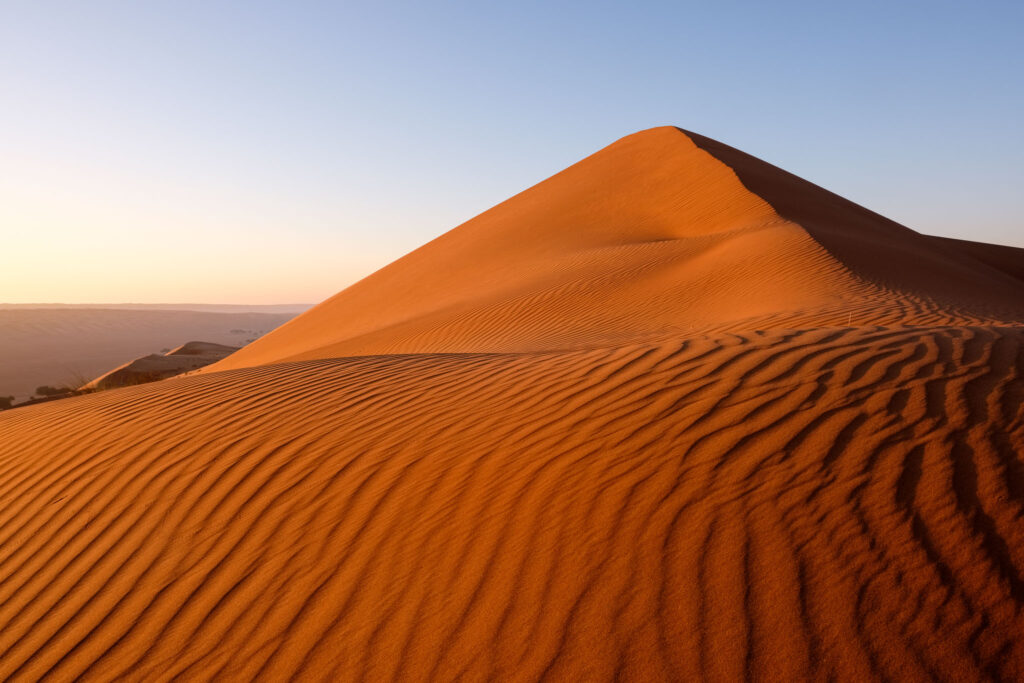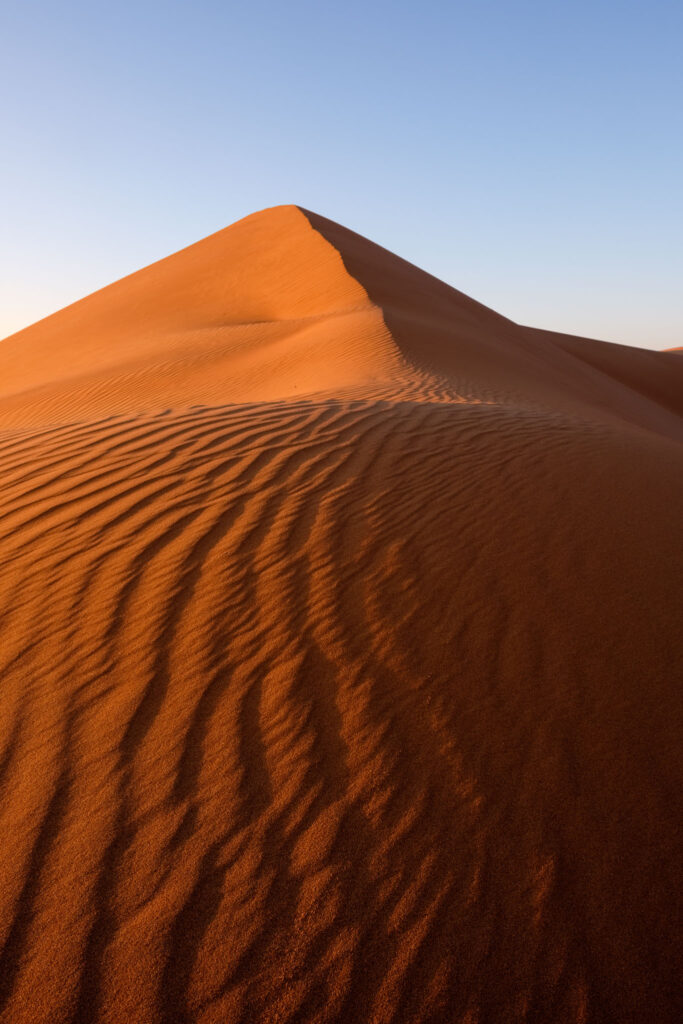The Sharqiya Sands, also known as Wahiba Sands (named from the local tribe), are a desert with an area of around 12,500 km2. The desert was formed by a combination of south-western monsoon and northerly trade winds, forming long linear sand ridges that can reach to 100 m high. Located to the southeast of Muscat, they are easily accessible via a nice blacktop road, taking about a 2-hour drive. Below is a general location map.

During my first stay in Oman, I used to visit the Wahibas regularly; there is something special about being in the desert, watching the sunset or sunrise, surrounded by complete silence. With the sun lower in the horizon, the shapes and patterns of the dunes are highlighted by the interplay of light and shadow. Sand colors are variable, from subdued yellows to rich orange and red. The last time I had visited the Wahibas was in 2009, so I did notice some changes after 14 years. Namely, the number of tourist camps has increased, and there is mobile network coverage. Even though the area is visited by many tourists, especially during the winter months, you can easily find a nice spot all for yourself. You can choose to book accommodation in one of the several desert camps, or simply camp on your own. The camps are always located in the interdune valleys, which are easy to drive to.
In terms of photography, I used my 2 cameras (Fujifilm X-T4 and X-T5) with 2 lenses (Fujinon 16mm f/1.4 and Voigtlaender 35mm f/1.2). The wide-angle saw a lot of use for large vistas and sand patterns, while the standard lens allowed me to shoot the more general subjects. As the sun is low in the horizon, it is necessary to work quickly, because the light changes fast. It is better to allow yourself some time in advance to climb the dunes and find a good spot. Wind can be a problem, as it carries sand everywhere; the sand is very fine and can adhere to your camera gear and tripod. I was careful to always replace the lens cap and store the gear in the backpack when moving between locations. This is normal procedure when shooting in this type of environment. And of course, the wind is what created the desert to begin with, so it comes with the territory.
After settling in, I went out for a photo walk at sunset, climbing the western dunes to reach a high location. Interesting vistas and subjects are everywhere, so I just kept shooting. There are plenty of patterns in the sand, and the rare green bush here and there. The experience of watching the sunset surrounded by all this natural beauty is unforgettable. At night I also carried out a session aiming at getting some nice star trails and Milky Way photos. The area was dark enough, even though there was light pollution coming in from the camp itself, and some vehicles driving through the valley.
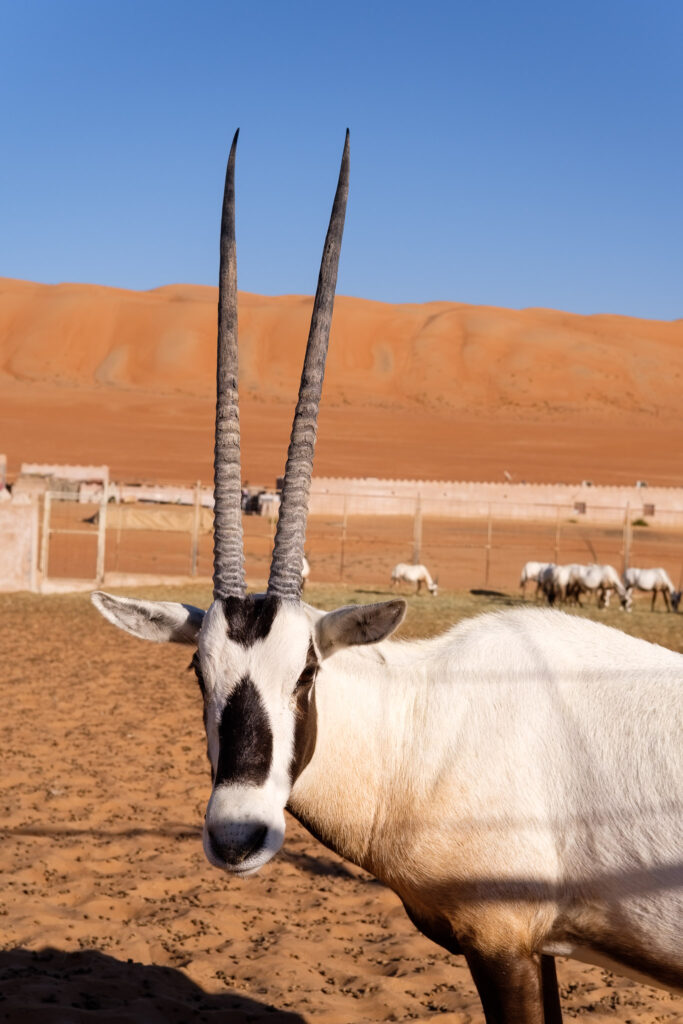

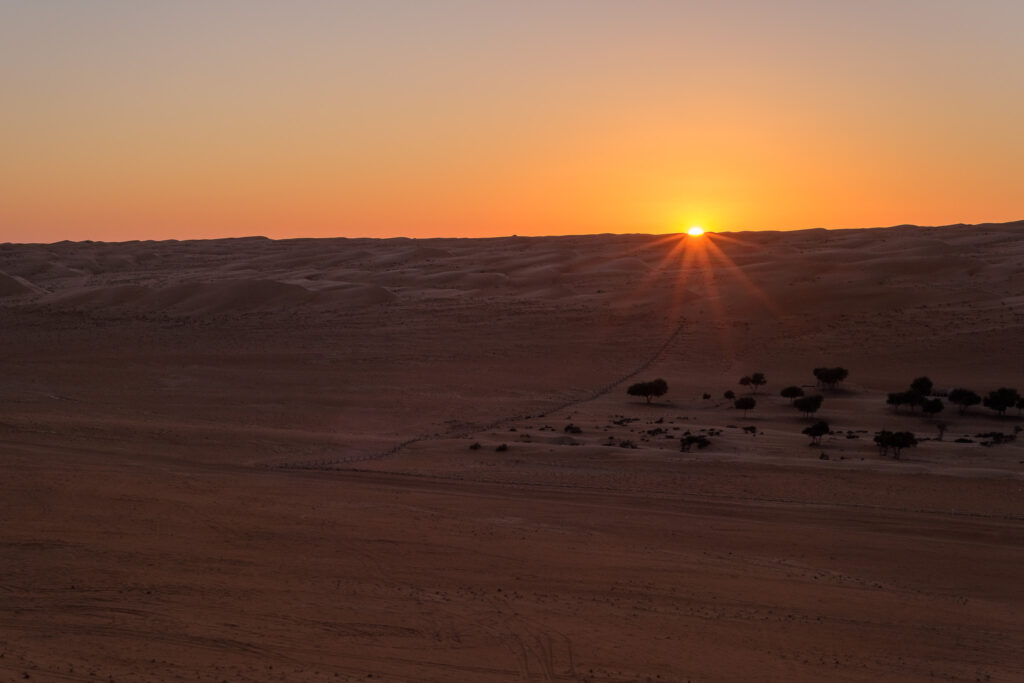

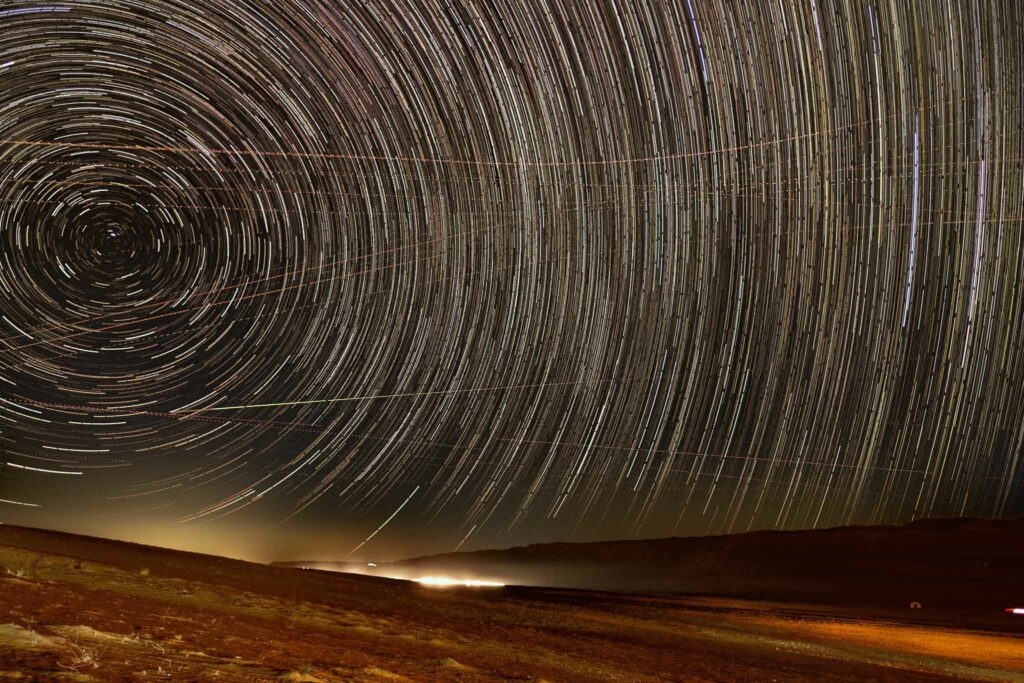
The following morning, I went out for a pre-sunrise walk; climbing the dunes, the sand was cold, as the temperature at night had dropped significantly. I kept photographing as the light slowly changed, painting the sand with soft colors, that became more intense as the sun climbed over the top of the opposite ridge. Again, it was magical simply to sit on the top of the dunes, watching Nature’s beauty unfolding in front of me. It was wonderful to go back to the Wahibas after 14 years.
